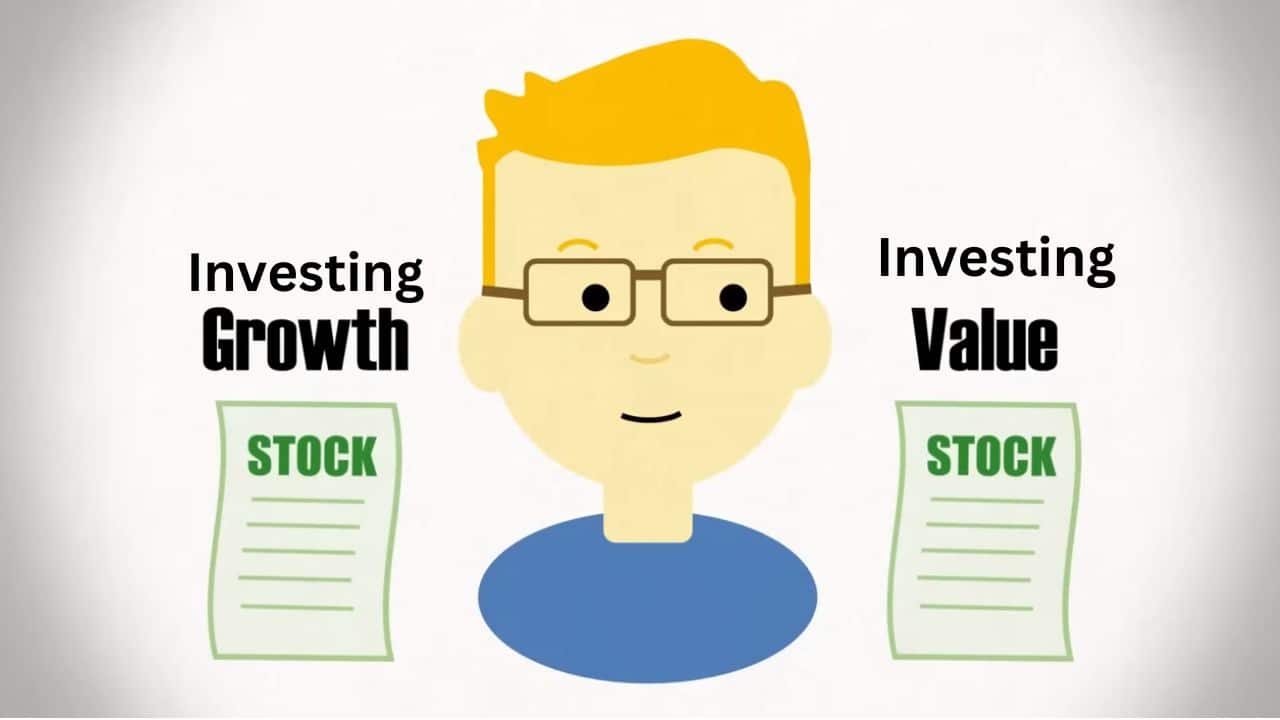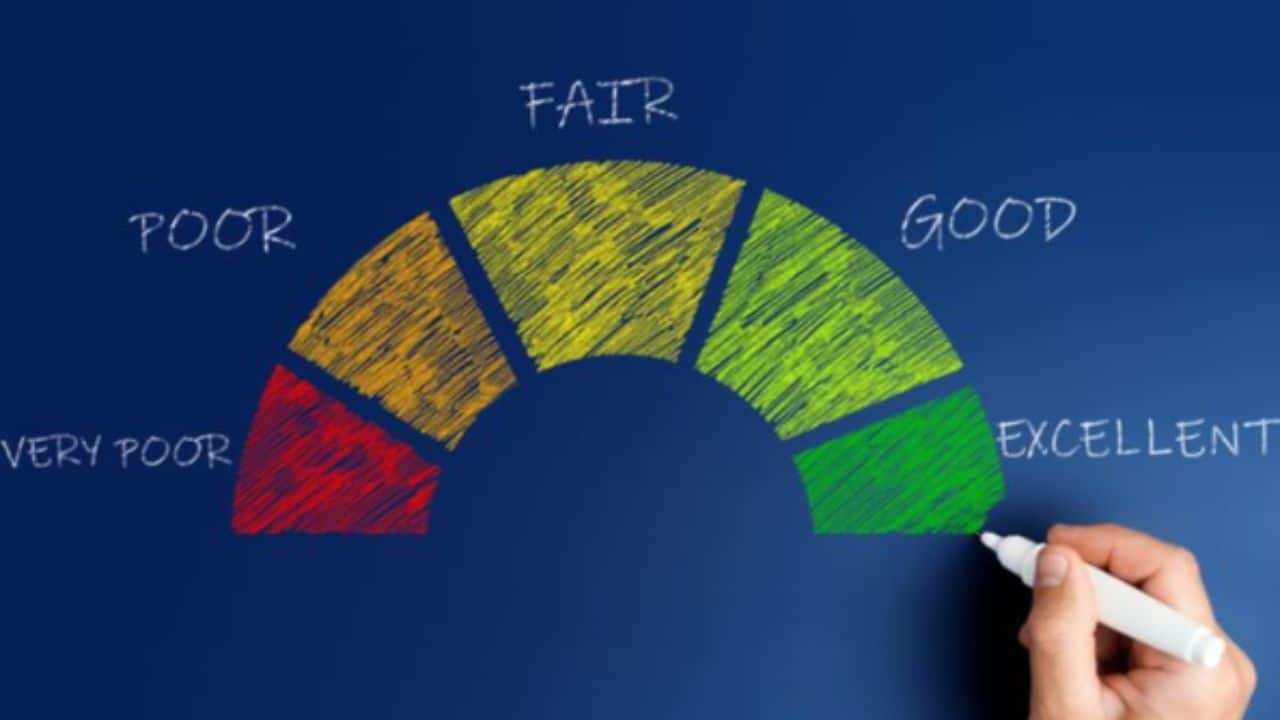Investors have a variety of alternatives when it comes to making investments, including Active vs Passive, Debt vs Equity, Mutual Funds vs Stocks, and Growth vs Value Investing. Among the most popular investing methods are the gr
Growth and value investment styles, which differ significantly from one another.
Growth stocks are those companies which analysts believe have the potential, over time, to outperform the market as a whole. Companies now trading for less than they are truly worth are categorised as value stocks because they will provide a higher return. Which category stands out? These two sub-sectors historical performance comparisons produce some unexpected findings.
The performance of growth and value stocks in the US stock market might change over time. Growth equities have occasionally outpaced value companies and vice versa. It’s crucial to remember that the success of the stock market is affected by a number of variables, including monetary policy, investor mood, industry performance, and corporate performance.
Value Stocks v/s Growth Stocks
Fundamental stock research is usually where the idea of a growing stock vs one that is seen to be cheap originates from.
Growth
Analysts believe that growth stocks can temporarily beat the markets as a whole or a particular market sector. Growth stocks are present in small-, mid-, and large-cap sectors and can only maintain this position until experts believe they have reached their potential.
Growth companies are thought to have a good chance for significant expansion over the coming years, either because they have a product or product line that is anticipated to sell well or because they appear to be run better than many of their rivals and are therefore anticipated to gain an advantage over them in their market.
Value
Value stocks are usually larger, well-established companies that are trading below the price that analysts feel the stock is worth, depending upon the financial ratio or benchmark it is being compared to. Using the number of outstanding shares divided by the company’s capitalisation as an example, the book value of a company’s stock could reach Rs.25 per share. Many experts would thus view this as an excellent value play if it were now priced at Rs.20 a share.
Several factors might cause stocks to become cheap. In other instances, public opinion will drive down the price, such as when a prominent corporate executive gets implicated in a personal scandal or the corporation is found to have broken the law. Value hunters may consider this a great entry point, providing the company’s financials are still in reasonably good shape since the public will rapidly forget about whatever occurred. The cost will increase to the appropriate level.
The price-to-earnings, book value, or cash flow ratios will generally be discounted in the market price of value stocks. Naturally, neither viewpoint is often accurate, and certain companies may be categorised as a combination of these two groups, where they are viewed as cheap but also have some potential above and beyond this.
Value vs. Growth: Performance
Any outcomes observed when comparing the historical performances of the two respective stock sub sectors must be assessed regarding the time horizon, the level of volatility, and the risk taken to attain them. Because they are typically found among larger, more established firms, value stocks are at least conceptually thought to have a lower level of risk and volatility.
And even if they don’t reach the analyst or investor-predicted target price, they can still provide some opportunity for capital development, and these companies frequently pay dividends as well. Growth stocks, on the other hand, typically avoid paying dividends in favour of reinvested earnings that help the business grow. Investors’ chances of losing money on growth stocks may also be higher, especially if the firm cannot meet growth projections.
For instance, if a business’s much-hyped new product fails or has design defects that prevent it from functioning as intended, its stock price may drop. The largest potential profit and risk for investors are often found in growth stocks.
Conclusion
Individual investors must decide whether to invest in growth or value equities based on their own preferences, risk tolerance, investment objectives, and time horizon. It is crucial to remember that during shorter periods, the market’s current cycle stage will greatly impact growth or value performance.
Value stocks, for instance, often perform better during bear markets and economic downturns, whereas growth stocks typically perform better during bull markets or times of economic prosperity. Short-term investors or those looking to time the market should thus consider this element. Consider using reputable investment apps to improve your investment experience and take advantage of the chances provided by demat accounts and margin trading.








































